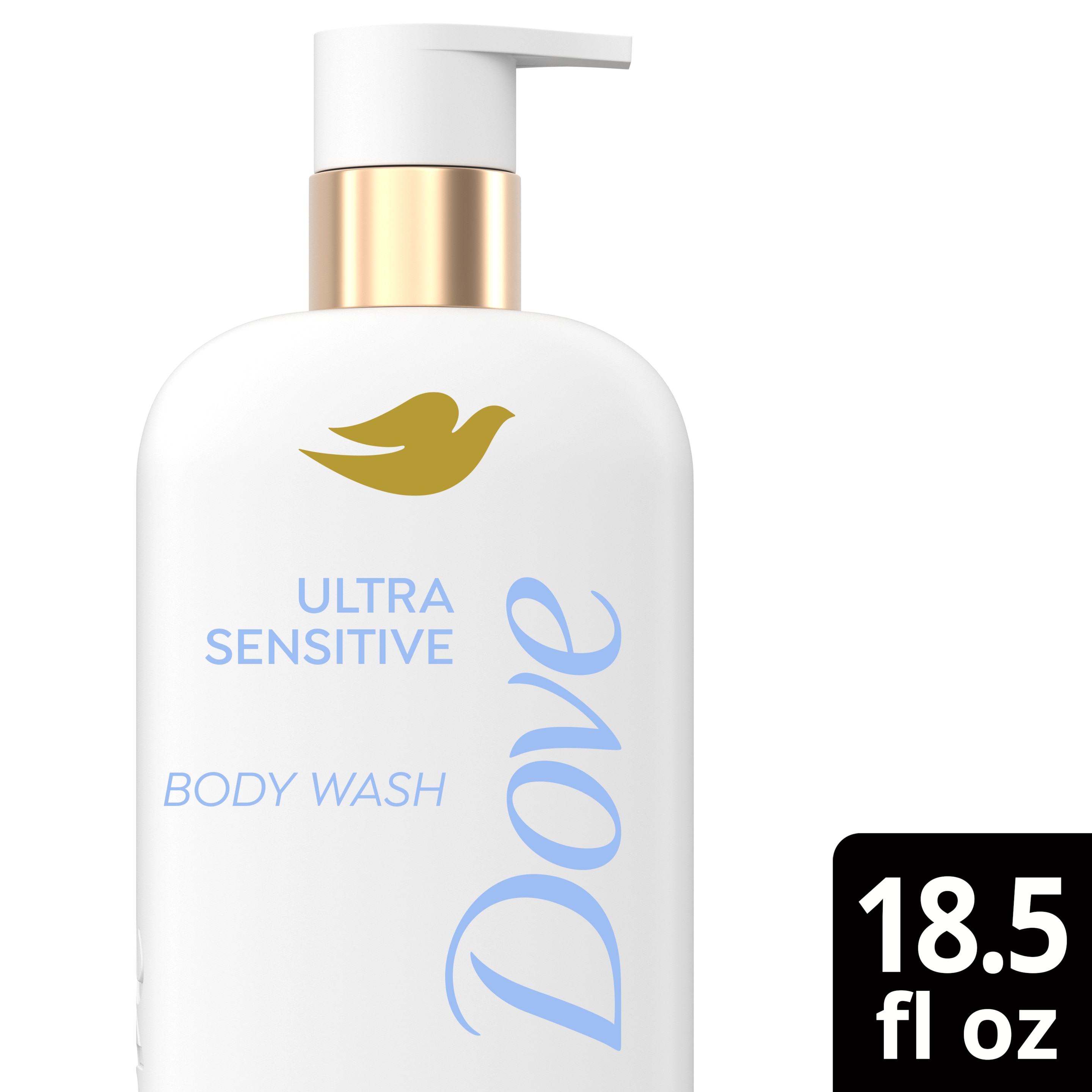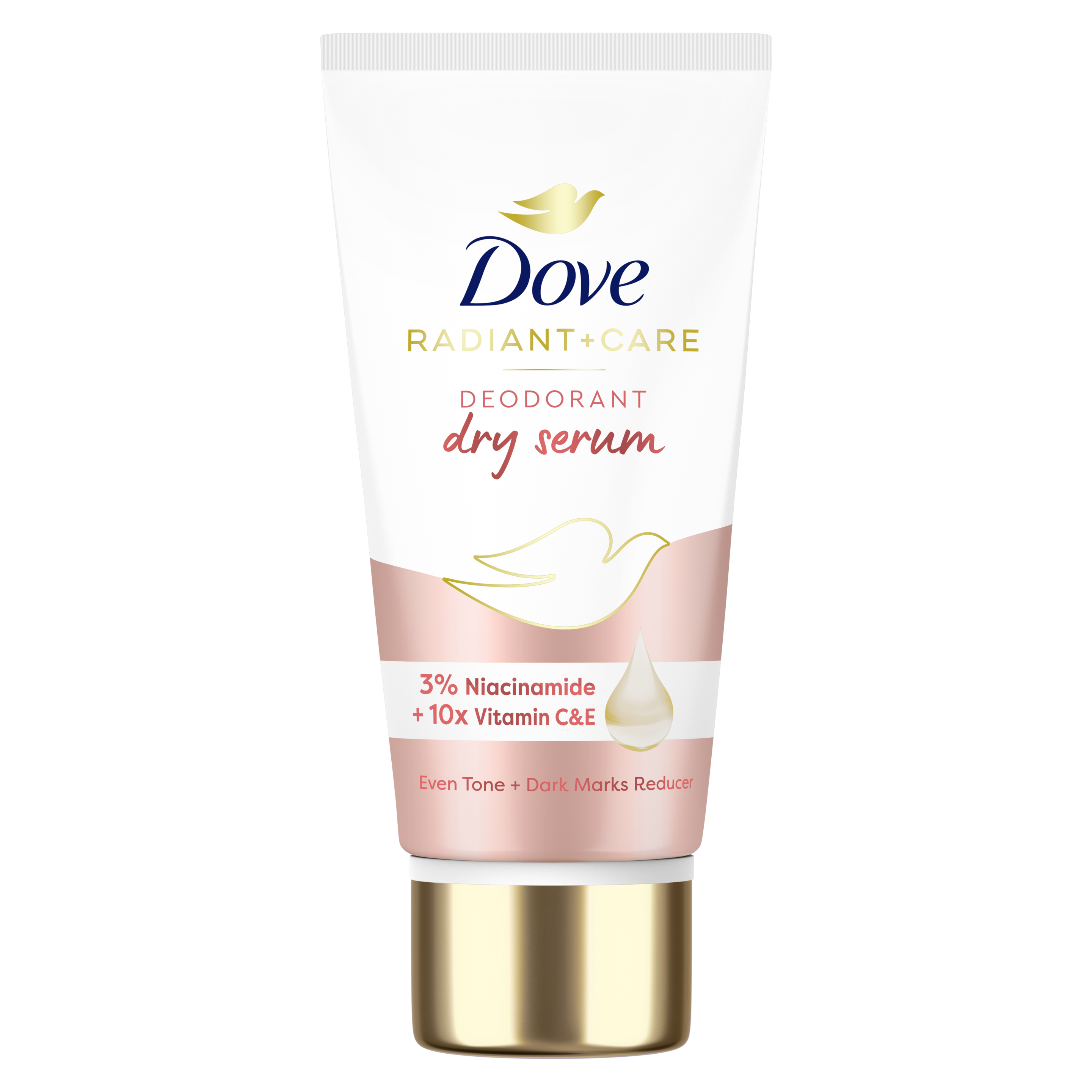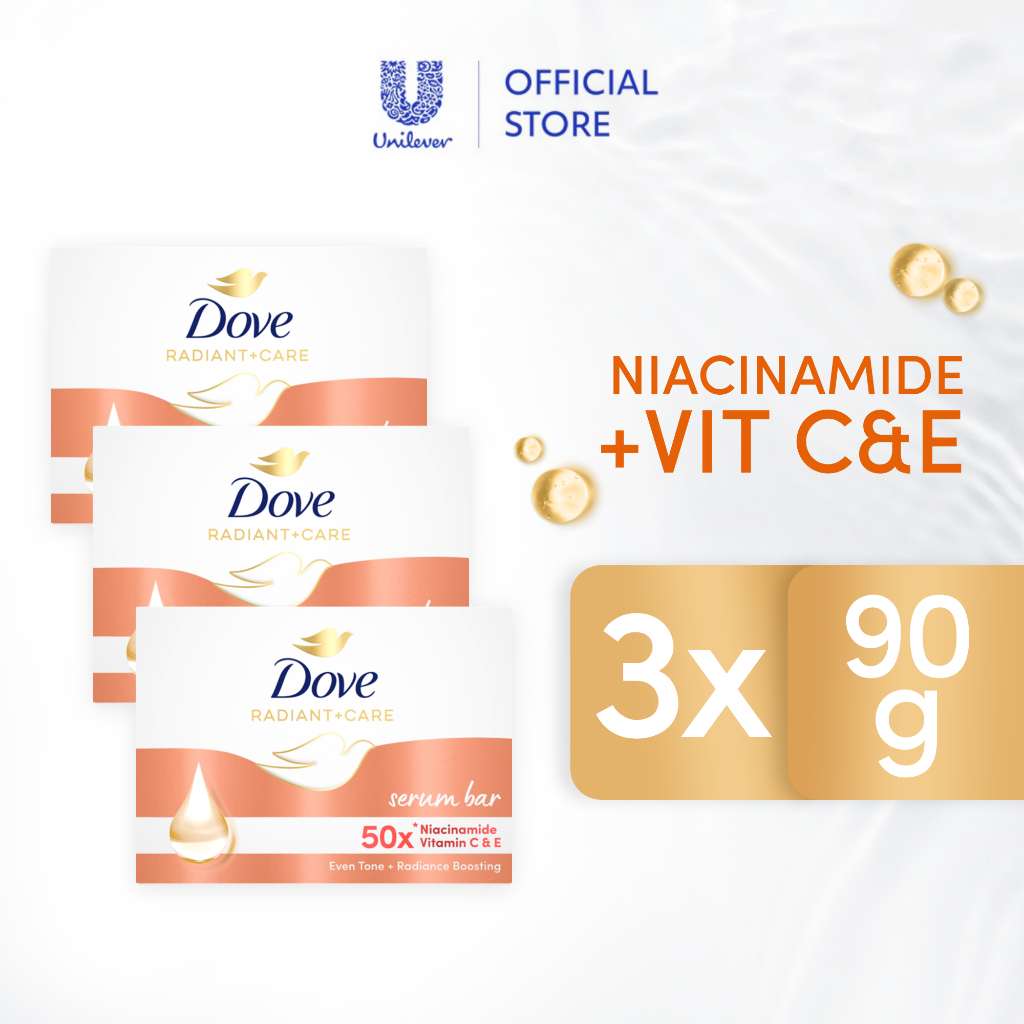Thinking about a big engine project, perhaps for a classic car or a powerful truck? You might have heard whispers, or maybe even direct mentions, of "Dove C heads." These particular engine components, it turns out, have quite a story among those who really get into making engines run their very best. They are, in a way, a bit of a legend for certain builds, offering a unique blend of potential and, well, some quirks you need to know about. This article will help you sort out what these heads are all about and why they still matter to engine enthusiasts today.
So, you're looking to build something special, maybe a big block for your 1971 LTD, or perhaps a tough setup for street stock mud racing. The question often comes up: are these "Dove C heads" the right choice? It's a really good question, actually, because they can be a fantastic foundation, but they also come with their own set of considerations. We'll explore their factory specifications, how they compare to other popular options like D3VE heads, and what you might expect when putting them on a 460 or even a larger 514 engine. It's all about making informed choices for your project.
We'll also touch on some of the practical aspects, like what you can and cannot do to these heads, especially if you're working under specific racing rules. And, very importantly, we'll clear up any confusion about what "Dove C" actually refers to, because, honestly, the name "Dove" pops up in a few different places! So, let's get into the details and see if "Dove C heads" are the perfect fit for your next big engine adventure.
Table of Contents
- What Exactly Are Dove C Heads?
- Factory Specs and Features
- Performance Potential on Big Blocks
- Dove C vs. D3VE Heads: A Comparison
- Working with Dove C Heads
- Frequently Asked Questions
- Making Your Engine Sing: The Final Word on Dove C Heads
What Exactly Are Dove C Heads?
When someone mentions "Dove C heads," they are, in fact, talking about a specific type of cast iron cylinder head often used on Ford big block engines. These heads, you know, have gained a reputation over the years among those building performance engines. They are not, to be honest, related to personal care products or birds. The "C" in "Dove C" is part of the casting number, which helps identify these particular heads from others. It's pretty specific, actually, in the world of engine components.
These heads were originally factory equipment on some vehicles, and their design makes them a popular choice for modifications. Many people, it seems, seek them out for builds where cast iron is preferred or required, like in certain racing classes. They're a bit of a classic, you could say, for their potential.
Identifying Dove C Heads
You might be wondering how to spot these heads if you're looking at an engine. Well, it's pretty straightforward, actually. You can usually see the casting numbers just below the valve cover and above the exhaust ports. This is where you'd look for designations like C8VE, D3VE, or D0OE, for example. The "Dove C" designation comes from a specific part of that casting number sequence, which helps enthusiasts know exactly what they're working with. It's a key detail for identification, you know.
Factory Specs and Features
Understanding the factory specifications of "Dove C heads" is, in a way, the starting point for any serious engine build. People often wonder what these heads came with right from the factory, especially if they plan to use them in a 460 engine for something like street stock mud racing. Knowing the original design helps you decide what modifications, if any, are possible or even necessary. It's a pretty important bit of information, honestly.
These heads, you know, have certain characteristics that set them apart. Their design, including the shape of the ports and the combustion chamber, plays a big part in how an engine will perform. Builders often compare these initial specs to what they want to achieve, which is a very practical approach.
Combustion Chamber Volume
One of the most talked-about features of "Dove C heads" is their combustion chamber volume. This particular measurement, it's almost a given, comes in slightly different sizes depending on the exact casting. The volume of the combustion chamber directly impacts an engine's compression ratio, which, in turn, influences its power output. So, a smaller combustion chamber means higher compression, which can lead to more horsepower. It's a pretty significant detail for performance builders, you know, to get just right.
Performance Potential on Big Blocks
So, how do "Dove C heads" actually perform on a large engine? This is a question many builders ponder, especially when thinking about a 460 or a 514 cubic inch big block. The potential for these heads to contribute to a powerful setup is, it seems, quite considerable, given the right supporting components and modifications. They can really make a difference, you know, in how an engine feels and performs.
Many enthusiasts find that these heads, even in their stock form, offer a good foundation. But, honestly, their true potential often shines through when they are properly prepared and matched to the rest of the engine's specifications. It's a bit like a team effort, really, for the best results.
Dove C Heads on a 514
Consider putting a good set of "Dove C heads" on a 514 cubic inch engine. People often ask how they would fare compared to other options. The general consensus, it appears, is that with some thoughtful preparation, they can be very effective. The larger displacement of a 514, you know, can really take advantage of the airflow capabilities these heads can offer, especially if they've had some work done. It's a rather popular combination for those seeking serious power.
Dove C Heads for Racing
For those involved in racing, like street stock mud racing, "Dove C heads" are often a topic of discussion. If you're building a 460 for such an event and you have a set of these heads, you might be wondering about their suitability. The good news is, they can be quite effective. The key, it's pretty clear, often lies in what you are allowed to do to them under your specific race rules. If you can do very little to them, their inherent design strengths become even more important. They're a solid choice for many, you know, given the right circumstances.
Dove C vs. D3VE Heads: A Comparison
A common question among engine builders, and a very valid one, is whether "Dove C heads" are worth it over "D3VE heads." This comparison comes up quite often, especially when someone is looking for performance but also considering practicality and cost. Both are cast iron heads for big block Fords, but they have distinct differences that can influence your build. It's a pretty important decision, honestly, for your project.
The "D3VE" heads, you know, are generally more common and were used on a wider range of vehicles. "Dove C" heads, on the other hand, are often sought after for their specific design characteristics that some builders prefer for higher performance applications, particularly when modifications are planned. It really boils down to your specific goals and what you're trying to achieve with your engine.
Compatibility and Fitment
Another important aspect of comparing "Dove C" and "D3VE" heads is their compatibility. People often ask if "Dove C heads" will bolt up to a 1987 460 block without issues. The answer is, generally, yes, they should bolt right up. This makes them a pretty attractive option if you've found a set and you're just putting them in an old Bronco, not necessarily trying to make a full-blown race car. The interchangeability is, in a way, a big plus for many home builders. It simplifies things, you know, quite a bit.
Working with Dove C Heads
Once you have a set of "Dove C heads," the real fun, for many builders, begins. There's a lot you can do to optimize these heads, or sometimes, very little, depending on your goals and any rules you might be following. Successfully completing work on a set of iron heads, you know, can be a very rewarding experience, especially for those who are just starting out with engine modifications. It's a chance to really learn and get your hands dirty, so to speak.
These heads, you know, offer a good platform for improvement, and many experienced individuals have shared their insights over the years. It's a collaborative effort, in a way, among the community of enthusiasts.
The Art of Porting
Porting "Dove C heads" is a common practice among those looking to extract more power from their engine. This involves carefully reshaping the intake and exhaust ports to improve airflow. It's a delicate process, actually, that requires skill and precision. Some builders have found that someone else got there first with porting, which means the heads may already have been modified. This can be a good thing, or it might mean the work isn't exactly what you'd prefer. It's something to check, you know, when you acquire a set.
First-Time Success
It's worth noting that working on these heads can be a great learning experience. Many people, it seems, have successfully completed their first set of iron heads, like "Dove C" heads, and found it to be a very satisfying accomplishment. This suggests that with patience and the right information, even those new to engine work can achieve good results. It's a pretty encouraging thought, honestly, for anyone considering a project like this. You aren't meant to fade into the background when you're working on something so tangible and powerful.
Frequently Asked Questions
Here are some common questions people often ask about "Dove C heads," pulling from what many enthusiasts are curious about:
Are "Dove C heads" worth it over "D3VE heads"?
This really depends on what you're trying to do. "Dove C" heads are often considered a good choice for performance builds, especially if you plan on porting them or if you're looking for specific casting characteristics. "D3VE" heads are more common and can also be made to perform well, but many builders prefer the "Dove C" for their starting point. It's a matter of preference and your specific engine goals, you know, for your project.
Will "Dove C heads" bolt up to a 1987 460 block without issues?
Generally speaking, yes, "Dove C" heads are designed to bolt up to a 460 block, including a 1987 model, without major fitment problems. This makes them a pretty straightforward swap for many big block Ford applications. So, if you've found a set for an old Bronco, for instance, you're probably in good shape regarding compatibility. It's a pretty common pairing, actually, in the engine building community.
What are the factory specs for "Dove C heads"?
People often wonder about the original factory specifications for "Dove C heads." While exact numbers can vary slightly depending on the specific casting date, they are known for having a certain combustion chamber volume and port design that distinguishes them from other Ford big block heads. These specs are, in a way, the baseline for any modifications you might consider. It's always good to research the precise casting numbers on your heads for the most accurate information. You can often find charts online that detail these specs based on the casting marks. Learn more about Ford 460 cylinder head identification on other sites, for example.
Making Your Engine Sing: The Final Word on Dove C Heads
So, there you have it: a closer look at "Dove C heads" and why they continue to be a topic of conversation among engine enthusiasts. Whether you're building a powerful 514 for a classic car or a rugged 460 for mud racing, these heads, you know, offer a solid foundation for your aspirations. Their factory characteristics, combined with the potential for careful modification, make them a compelling choice for many different types of builds. It's all about understanding their strengths and how they fit into your overall vision for the engine. They can, in a way, really help your engine achieve its potential.
Considering "Dove C heads" for your next big block project is, honestly, a very good idea if you're looking for performance and a proven track record. They've been around for a while, and many successful builds have featured them. If you're ready to put in the work, or find a set that's already had some love, these heads can truly help your engine sing. Learn more about engine building on our site, and perhaps find more details on specific big block projects here. It's a journey, you know, building an engine, and "Dove C heads" can be a very rewarding part of it.



Detail Author:
- Name : Muhammad Harber
- Username : emmalee64
- Email : bettie42@yahoo.com
- Birthdate : 2002-07-31
- Address : 910 Boris Course Apt. 364 Naderberg, IL 02642
- Phone : 458-539-7989
- Company : Pacocha-Becker
- Job : Paper Goods Machine Operator
- Bio : Temporibus sequi blanditiis officiis debitis est. Harum suscipit neque excepturi. Provident sit recusandae doloribus soluta laboriosam sit vel. Explicabo ea voluptates rerum et.
Socials
linkedin:
- url : https://linkedin.com/in/eliseo.powlowski
- username : eliseo.powlowski
- bio : Voluptatem enim velit asperiores eos fugit.
- followers : 3227
- following : 2489
facebook:
- url : https://facebook.com/powlowski2004
- username : powlowski2004
- bio : Et voluptatum necessitatibus libero perferendis ipsum perferendis.
- followers : 4887
- following : 2287
twitter:
- url : https://twitter.com/powlowskie
- username : powlowskie
- bio : Enim consequatur delectus voluptatum aut quia omnis quod corrupti. Sit ut laboriosam rem culpa impedit blanditiis cupiditate.
- followers : 5011
- following : 3000